
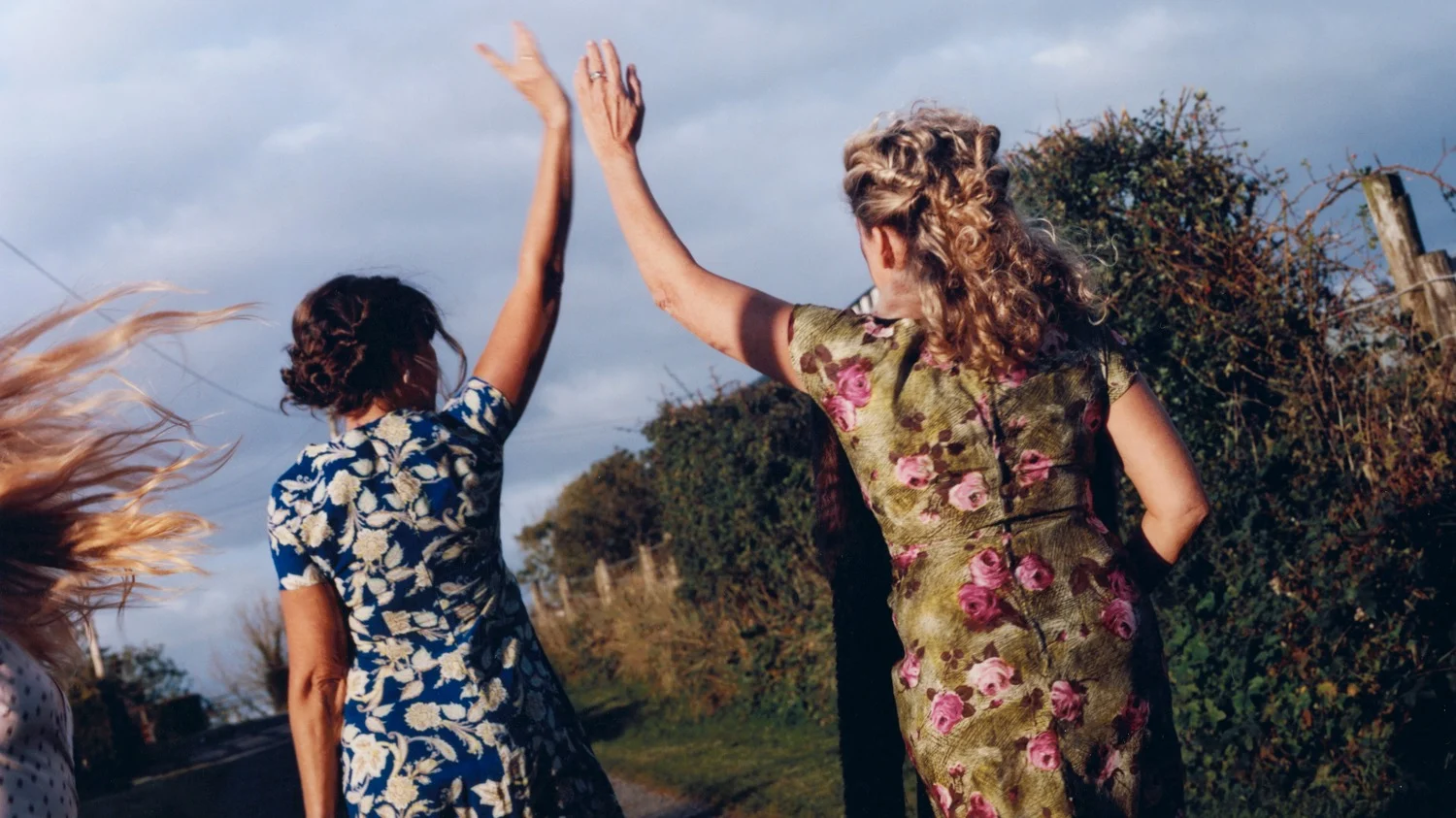

Tami Aftab goes on a personal journey to Ireland
In the early 1940s, a pregnant 19-year-old Ethna Darcy fled Ireland and headed to Liverpool, where she found sanctuary, but was forced to give up her newborn child for adoption. Nearly 80 years later her granddaughter, photographer Tami Aftab, took women from her family on a pilgrimage to Ireland to retrace Ethna’s steps. Writer Naoise Dolan tells us the story of this very special photography project commissioned by WePresent.
Written by Naoise Dolan and photography by Tami Aftab
The morning she left London with her family to shoot in Ireland, photographer Tami Aftab was certain her project was doomed. “It was heaving with rain,” she tells me. They landed in Dublin and she saw their luck had changed: blue skies with a rainbow. The photography project in question, titled The Children of the Wildflower, celebrates Tami’s late grandmother Ethna, who left Ireland in her teens. “I really felt like she sent us that sunlight and gave it to us to see Ireland in that positive way.”
From Dublin, Tami and her mother Hazel, aunt Tracy and cousin Jessy drove north-west through country lanes to Ballinamore, County Leitrim. The green landscape pops in Tami’s images as it did for her on the journey. She’d never seen Ireland before, but she’d heard a lot about it by way of her grandmother’s stories.

Would we ever be the women we are if she hadn’t gone through all that?
Her grandmother was Kathleen Ethna Darcy (known as Ethna), who, in the early ‘40s, left Ballinamore aged 15 to seek work in Dublin. Four years later, she became pregnant outside marriage and departed on a ferry to Liverpool, likely to avoid the possible consequences of staying in Ireland. Staying could have meant lifelong imprisonment in one of the notorious Magdalene asylums, where “fallen women” were forced into unpaid labor.
Ethna reached a convent in Liverpool and gave birth, and the nuns soon gave her newborn daughter up for adoption. She never saw her child again, but left the institution and made a new life for herself in England. She joined a huge influx of Irish immigrants to Britain at that time. Most were economic migrants seeking employment in the wartime economy. Others, like Ethna and like the man she would later marry, were escaping Ireland’s puritanical church and state. After starting a new family in London with Tami’s grandfather, Ethna would go on to enjoy many of the freedoms she had craved, but she never spoke of her early troubles until much later in life. Ireland’s abortion ban was still in place when Ethna died in 2016.

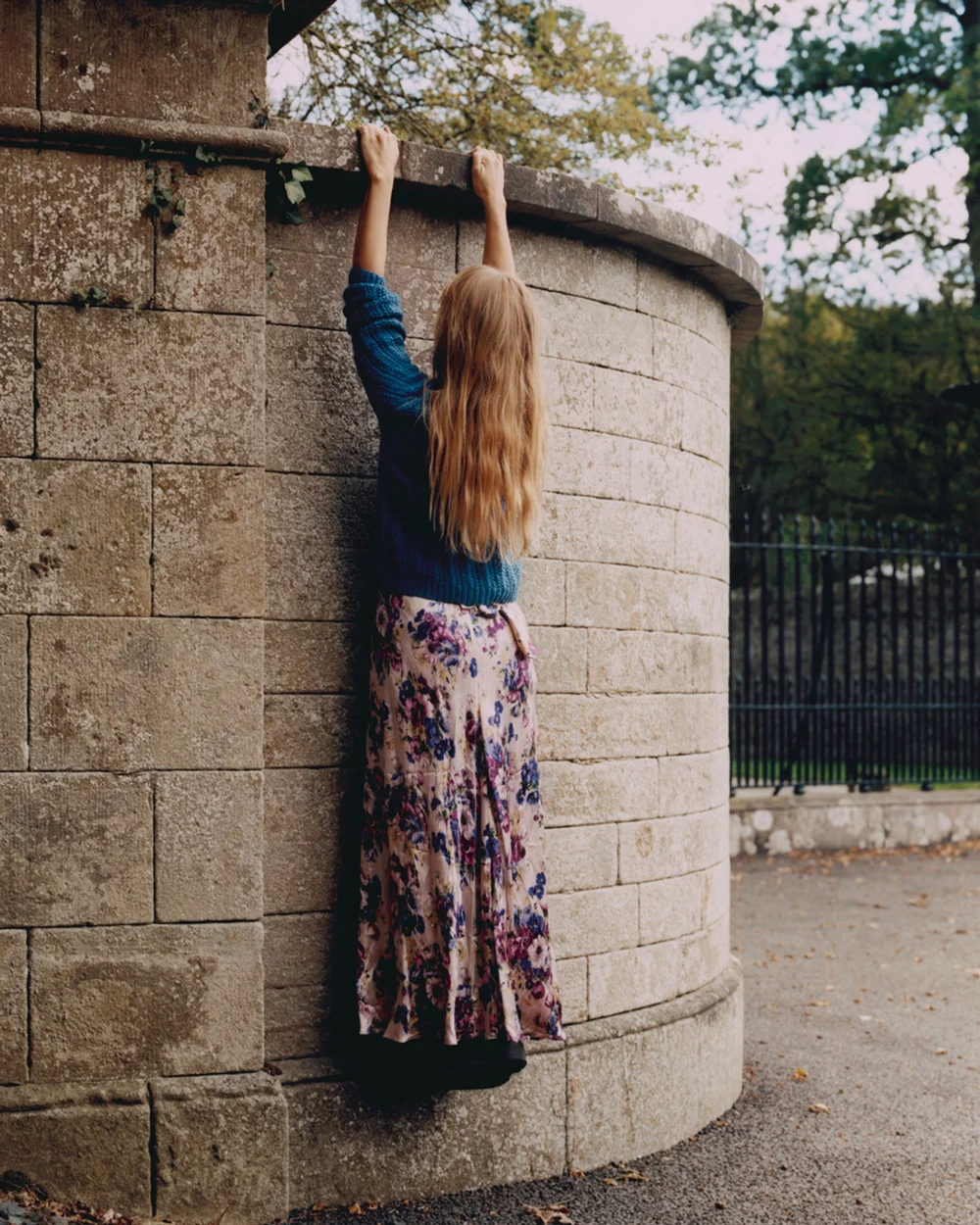
Tami, Ethna’s granddaughter, lives and works in London. She’s an award-winning photographer who explores intimacy, identity and performance through her portraiture. Tami’s work is distinctive – pastels and vibrant pops, fine textures, a love of movement – and her assurance comes not from ignoring others’ perspectives but from embracing them. Her camera treats the past not as a neutral target, but as limitless facets to suspend and record. When WePresent asked her to pitch a personal project, she suggested she could take the women of her family on a pilgrimage to Ireland to retrace Ethna’s steps.
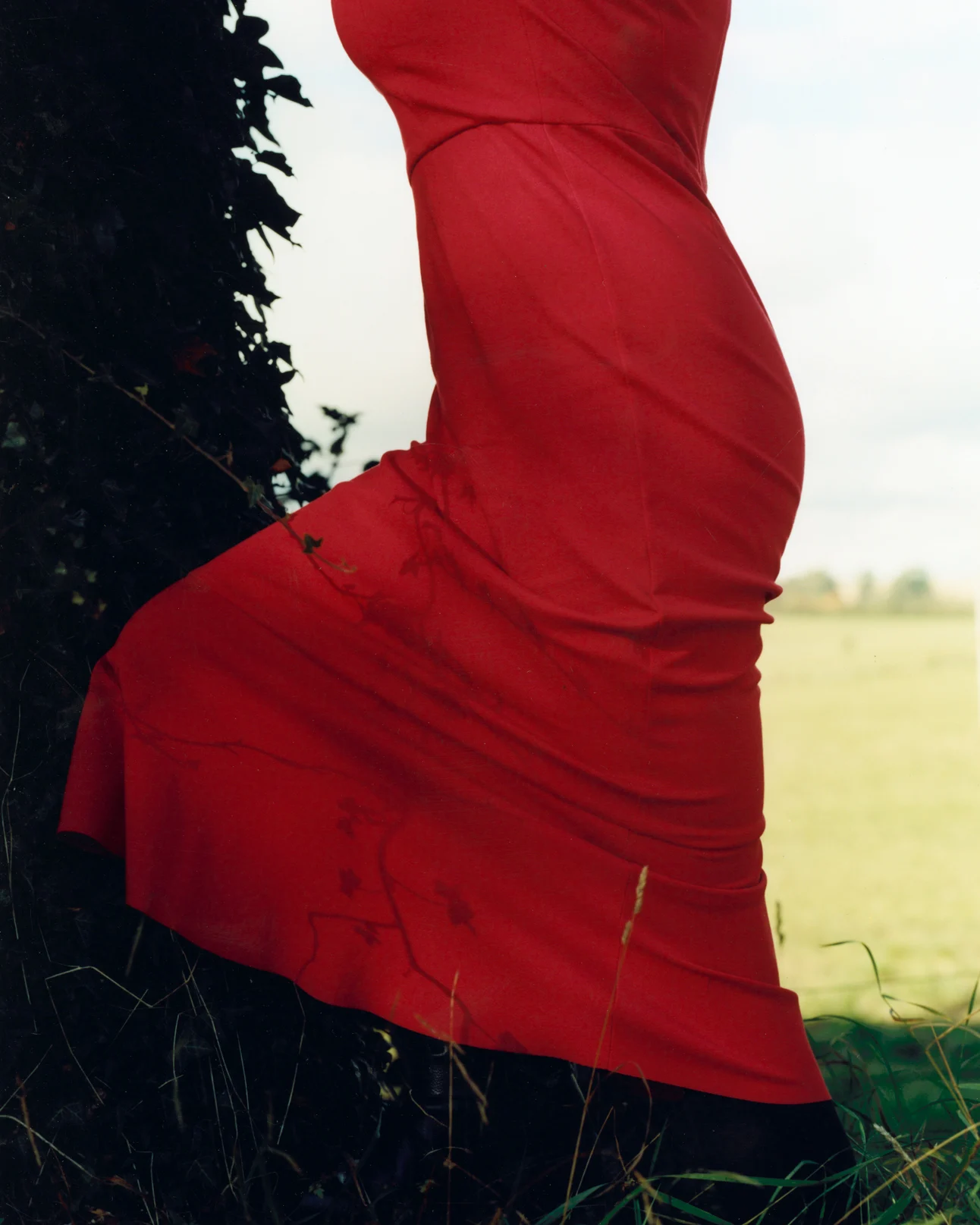
The subjects in Tami’s Children of the Wildflower control their own destinies. They scale walls and climb fences. They hold hands and raise them in unity.
Rather than excavating Ballinamore, The Children of the Wildflower vivifies the site with the stories Ethna took when she left. Tami contacted the whole family and swapped memories. Finding Ethna’s house was an “incredible moment. It was right by the lake and exactly how I imagined grandma talking about it,” Tami explains.

Memory-swapping with her family members provided anecdotes that they’d told for years on repeat: Ethna walking along beside the lake, Ethna dancing, Ethna’s friends kept waiting on their bikes as she brushed her hair by the window. Ready with mental images, the women arrived in Ballinamore, shot while the sun shone, shared more tales over wine and dinner, and went to bed with new ideas for the next day.
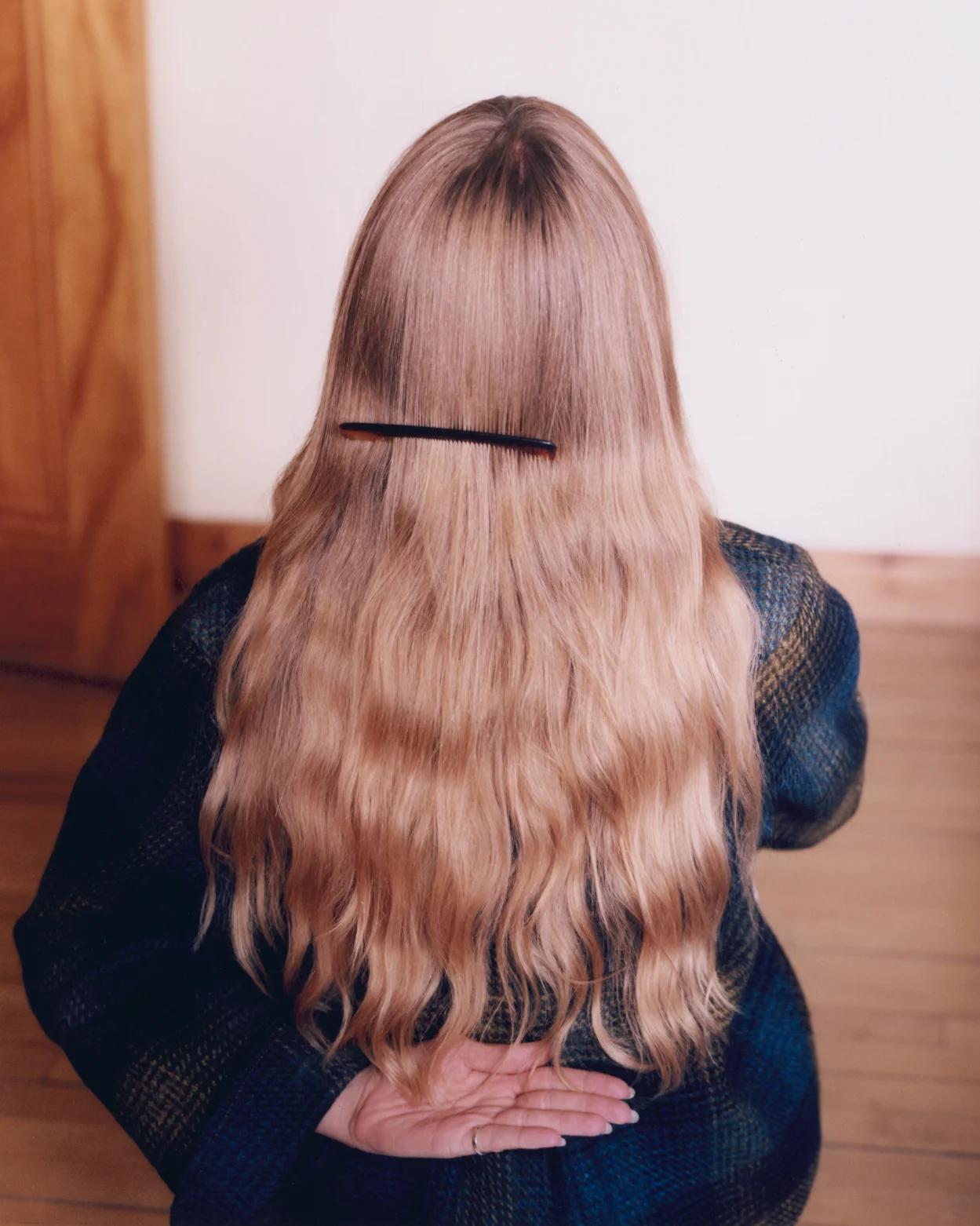


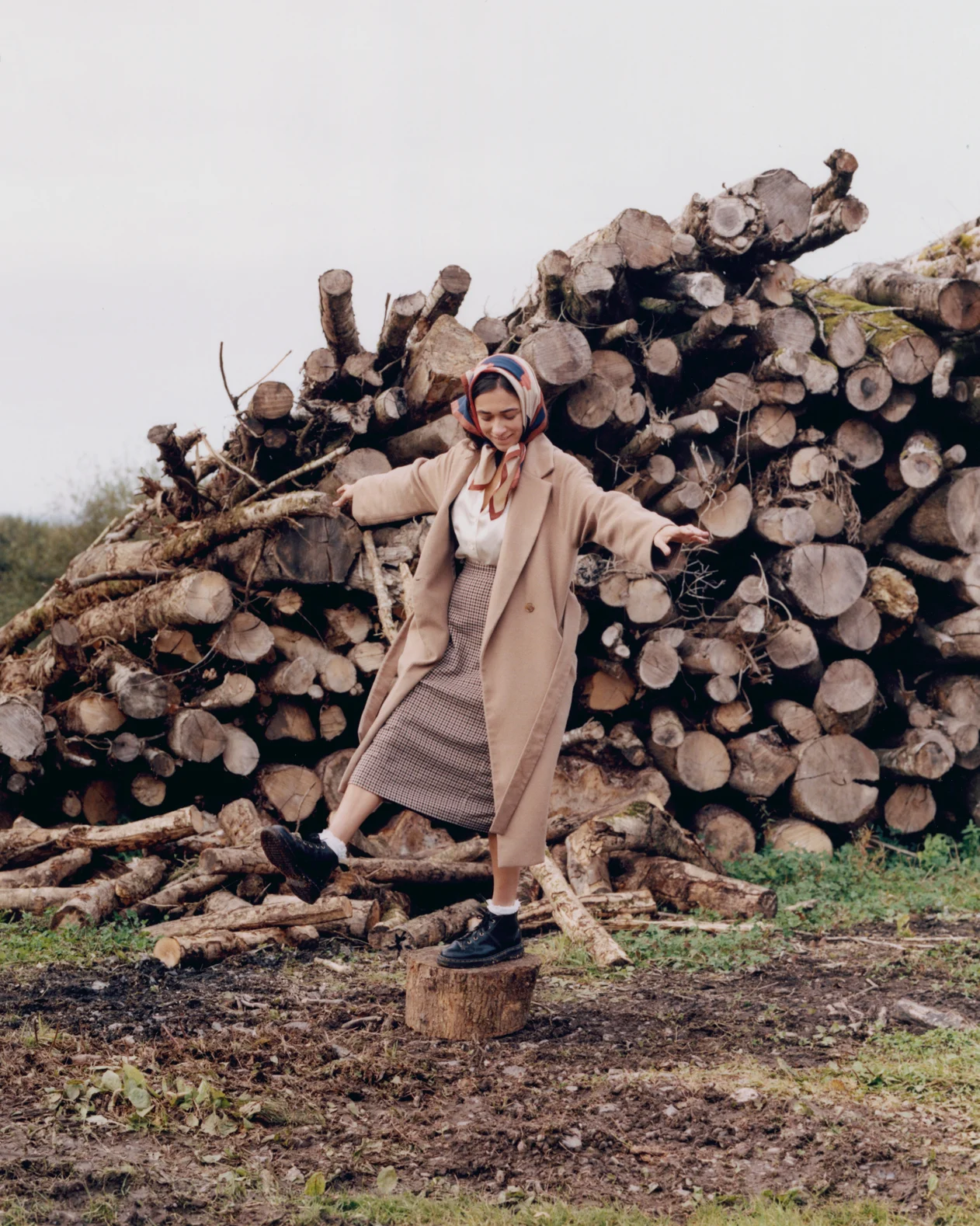
“The memory that shaped my drive as a working woman was grandma constantly telling me she never had the chance to go to further education, despite her being the smartest person I had ever met in my life,” Tami says. The nuns in Ethna’s school held her and wept when she told them she couldn’t stay on at the convent. She swore it would be different for her children. And it was. Tami’s mother went to university, and Tami and her cousin are forging careers as artists. Ethna was proud of this. She was always asking Tami what she had been learning, or what book she was reading.
The image is almost certainly from the convent, meaning the other woman in the picture had probably also given up a child.
Ireland’s diaspora comes from centuries of mass emigration. There are only 4.9 million people in Ireland itself – two Chicagos, one Sydney or half a London – while 70 million worldwide are of Irish descent. As a third-gen, Tami grew up in south west London with a less integrated sense of Irishness than her mother. The middle generation grew up with Irish neighbours, the O’Kellys, who were friendly, but “because grandma had removed herself from the church they were always kept at arm’s length.” The parish abroad enforced a scrutiny that will chime true for anyone who’s read Colm Tóibín or Edna O’Brien, whose Irish emigrant characters continue to experience moral policing within their diasporic communities. When Ethna was raising her children in London, “the priest went knocking at the door trying to save their souls.” Ethna was having none of it. “She continued to push back against what was asked of her.”
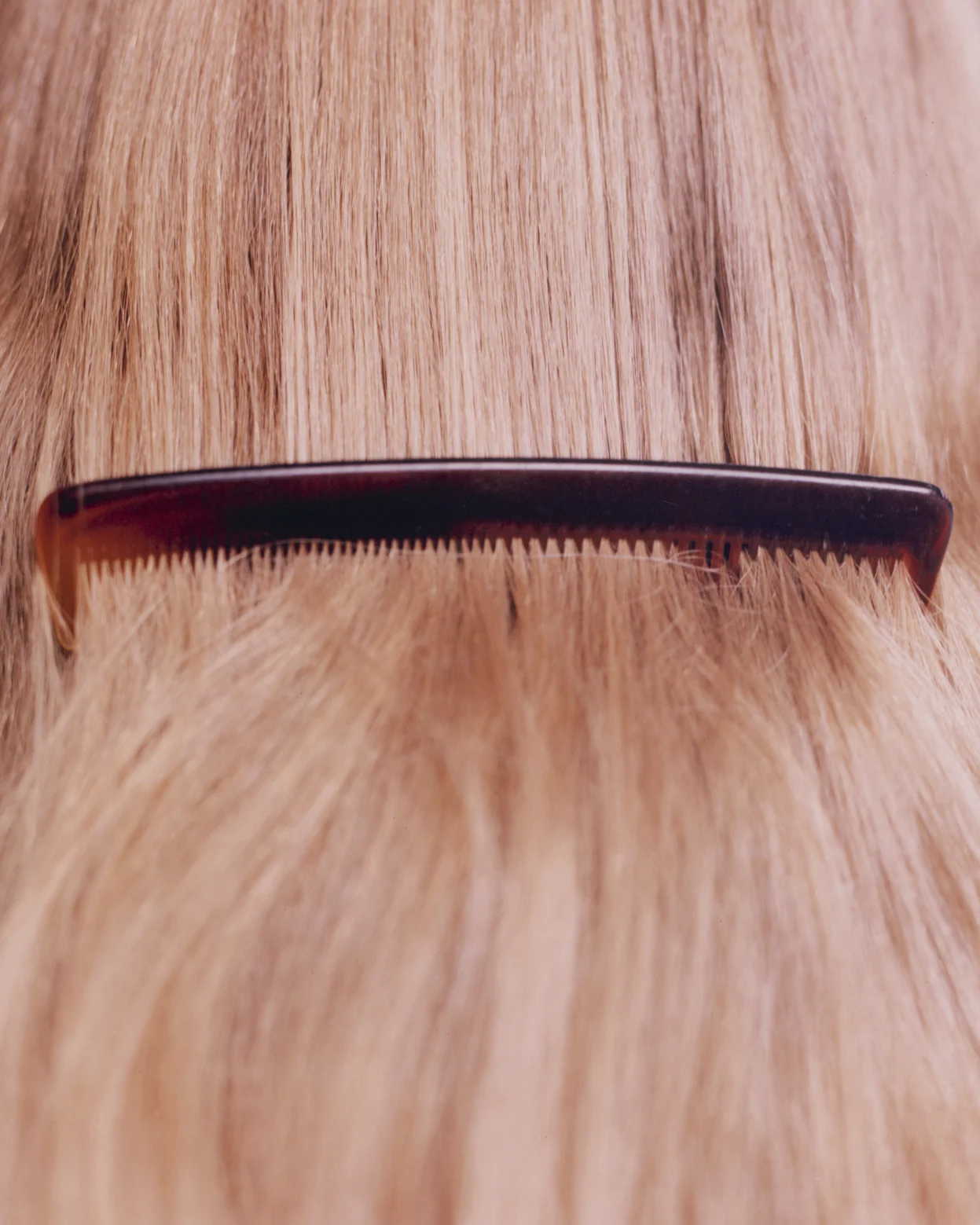


But Ethna loved Irishness itself. “She rejected the state and Catholicism and the church but she never rejected being Irish”, Tami said. When Tami’s mother complained about having to lay the table, Ethna said, “Bloody English, they’re all the same.” “You made me,” retorted her mother.
Despite Ethna’s lifelong love of Ireland, her childhood there was difficult. Her mother – Tami’s great-grandmother – suffered from manic episodes in which she cranked the windows open so the house was freezing cold. “Those windows and the gushing wind and the freezing lake…” said Tami, “I can’t imagine how scary it must have been.” Yet Ethna was not afraid to leave and join the workforce. The family never learned exactly what she did in Dublin, but after four years there, she became pregnant unwed and had to make another escape. “We can’t fully comprehend how brave that must have been, to be pregnant, with no welfare state, no family.” After fleeing to Liverpool and having the nuns seize her child, Ethna was alone and traumatized in a foreign country. “She was really lucky that she met my granddad, who had already been kicked out of his home in Liverpool and had rejected the state and church.” He was cast off for defying his community’s repressive values as she had been. Tami’s grandparents joined forces and made a new life for themselves in England.


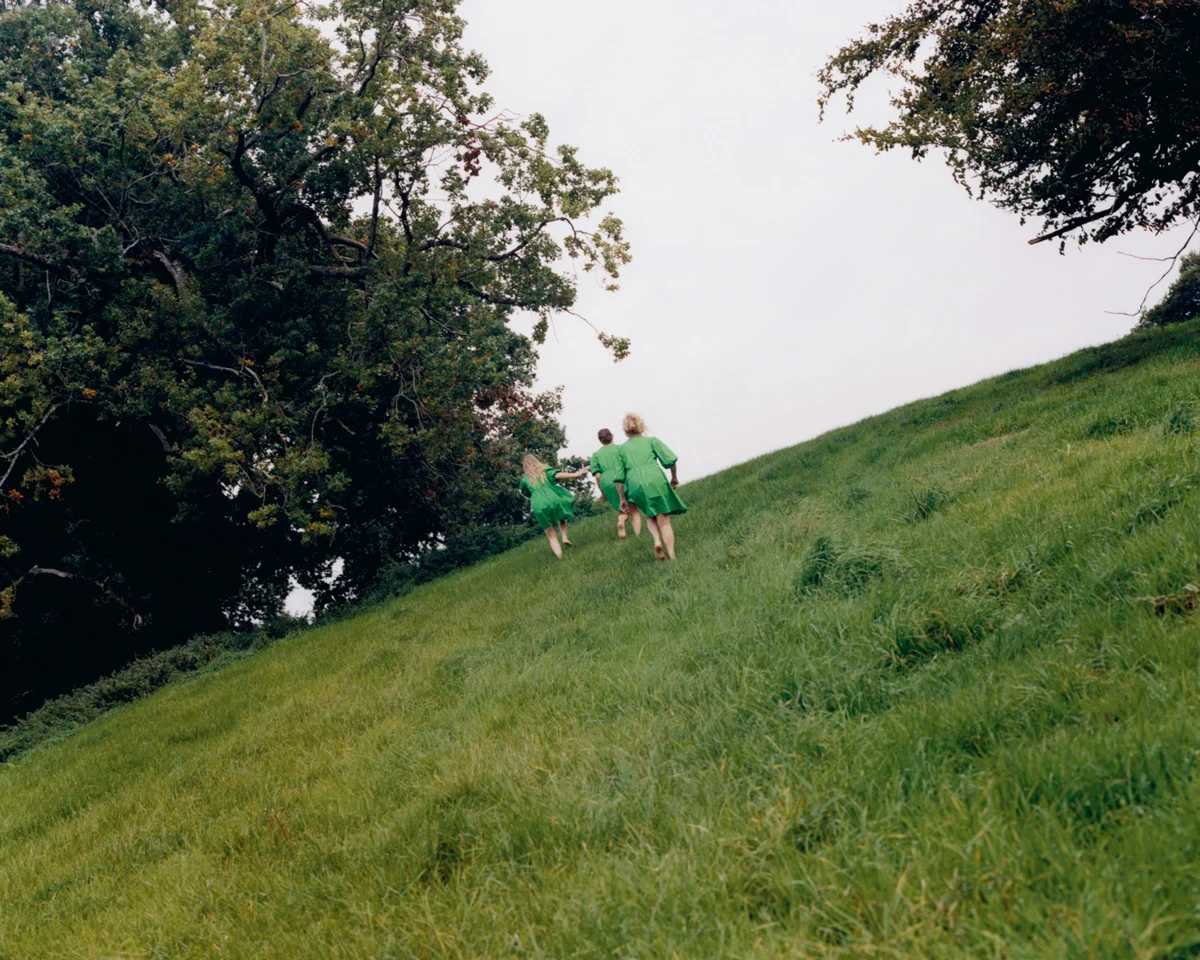
It took Ethna a long time to disclose the details of her past. “She only told my mum, Tracy and uncle Steve reluctantly much later on into their lives,” says Tami. “I think she held a lot of shame.” She might have known that she’d done nothing wrong, but nor could she ignore the risks of being open. Pregnancy outside marriage was still taboo then, and it is easy to imagine how guarded she must have felt in an emigrant community where even failing to attend church invited censure.
The Children of the Wildflower’s climbing motifs recall an old photograph of Ethna lifting another girl up a tree. The image is almost certainly from the convent, meaning the other woman in the picture had probably also given up a child. Still, Tami is not interested in peddling Irish misery or in crushing her grandmother’s agency. “She was a forward-thinker,” Tami says. “The memory I have that really signifies this was from the day before she passed away in 2016, I was wearing ripped jeans I got from Topshop.” Tami walked in with the other grandmas staring, then turned the corner. “Grandma yelled, ‘that’s my rebel granddaughter! Slits on your knees, that’s the woman I wanted.’”
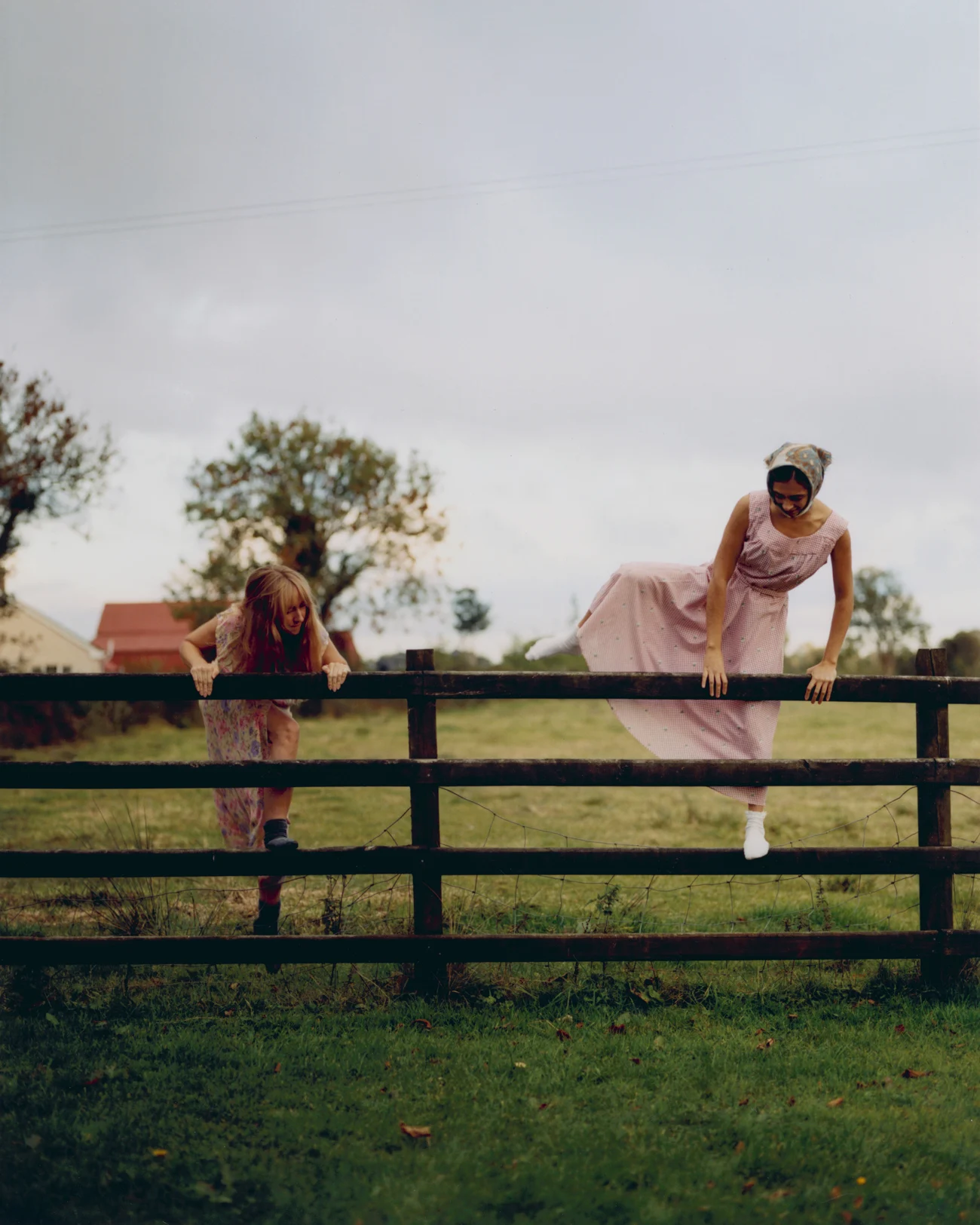
Ethna trusted fate, and Tami wields a similar spontaneity in her art.
Tami shot the project in natural light on film with a Mamiya RZ67, a medium format camera from the ‘70s. The lens was “just there to document what was happening,” says Tami, “such as dancing down the country lane, and the joy she would have had going to these dances” in the community hall. The risky nature of film photography aligns with Ethna’s approach to spirituality. Ethna trusted fate, and Tami wields a similar spontaneity in her art.
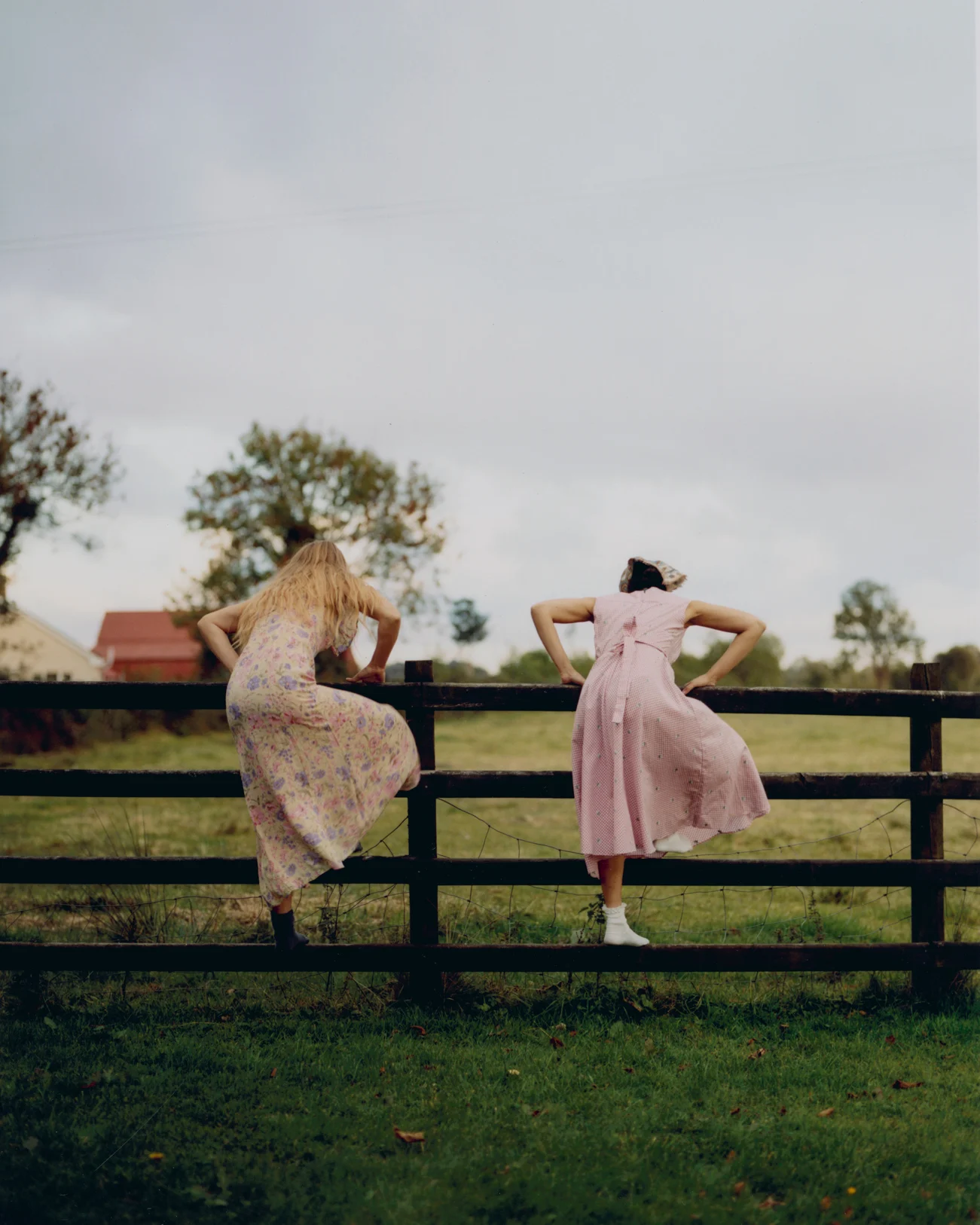
This generational knack for spontaneous creativity allows Tami to see the familiar through a new lens. “It’s a challenge,” she says with relish. Ethna spoke for herself, and her descendants fuse oral tradition with photography to immortalize their family history. They hold pain in tandem with liberty. Ethna suffered, but she got to be who she wanted. “Would we ever be the women we are if she hadn’t gone through all that?” asks Tami.
Ireland, too, has changed from the country Ethna knew. It was too late for Ethna to take part in Ireland’s battles for LGBT and reproductive rights, but “she did have hope – she saw in two generations that things were changing.” Two years after Ethna’s death, Tami was at a concert in east London in 2018 when Ireland finally voted out the abortion ban. She was free to drink and have fun, her cousin was the headline act, and repeal had come. “Grandma would have been really happy,” she says.


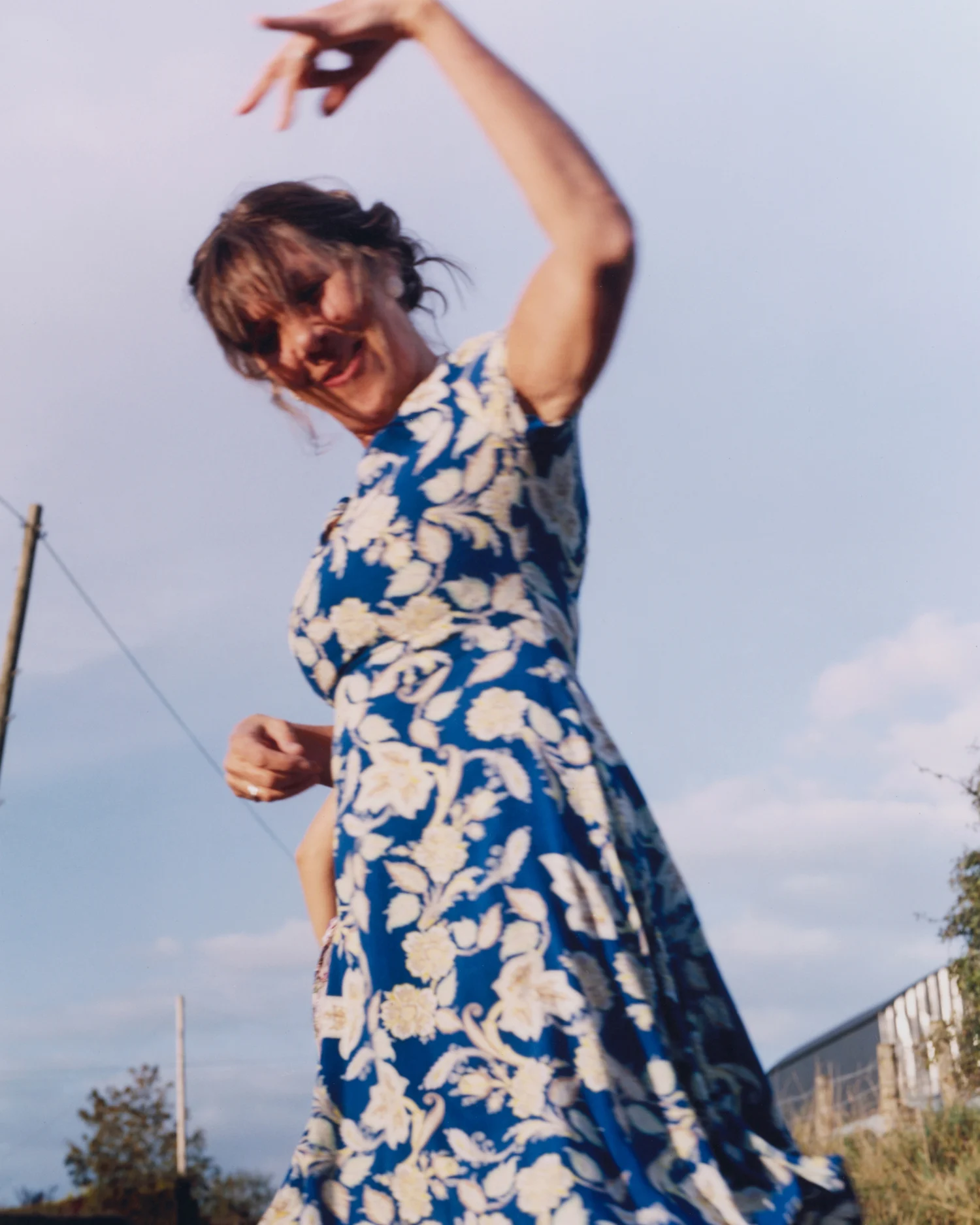
From the Sean-Bhean bhocht of 18th Century ballads, to the maidens in Éamon de Valera’s Ireland that we dreamed of speech, Irish nationalism has traditionally seen women as subjects. Even Yeats and Gregory’s juggernaut Kathleen Ni Houlihan needed men to fight for her. But the subjects in Tami’s Children of the Wildflower control their own destinies. They scale walls and climb fences. They hold hands and raise them in unity. Even the more static poses – standing against a pole, gently combing hair – are different circumstantially, since they come from Tami’s agency. She was active in fusing memory with artistic license.
Ballinamore gave these women Ethna, and Ethna gave them her stories in return. Through The Children of the Wildflower, Tami’s family brought those memories back to Ballinamore. It’s a circle completed, but to me it seems as much an invitation, a call to join; a bright open sky.